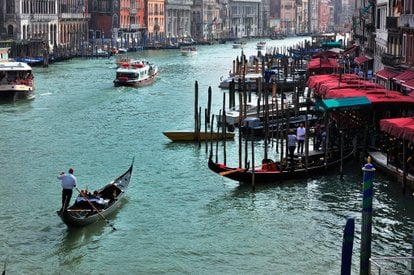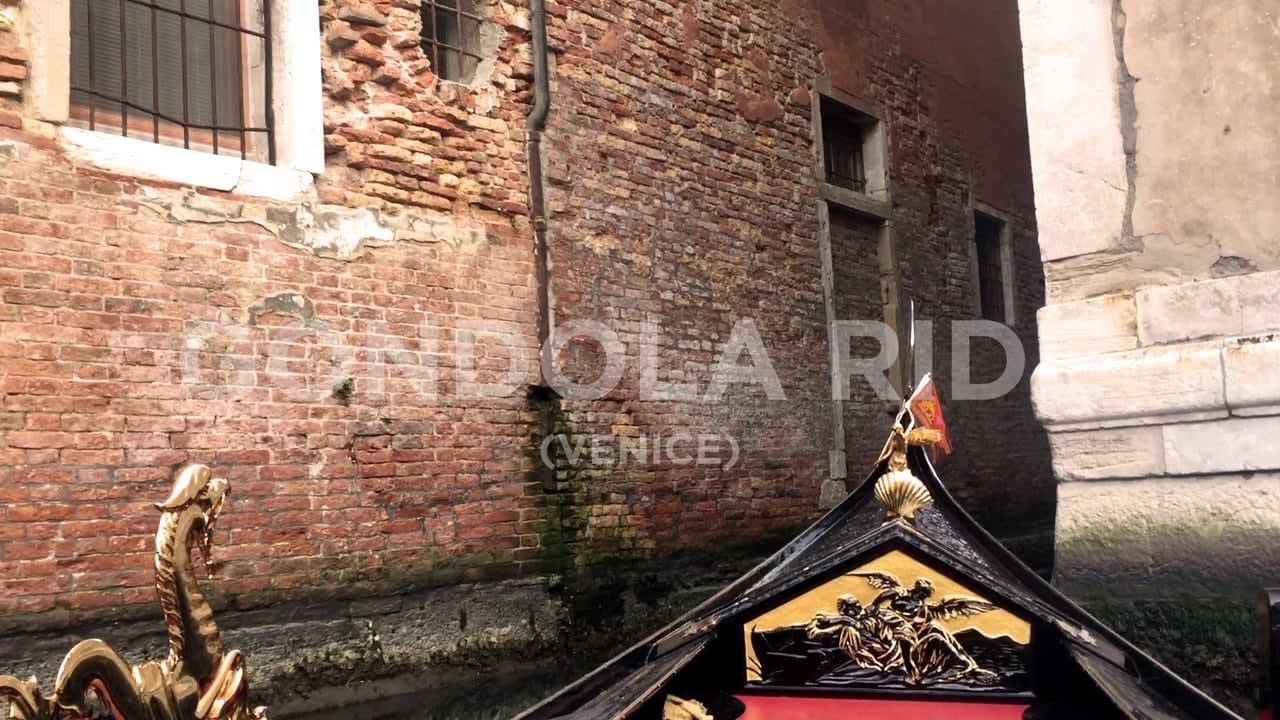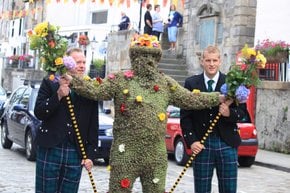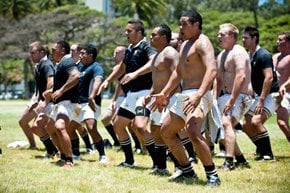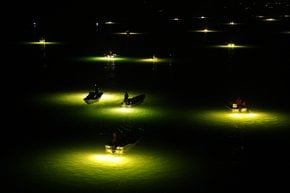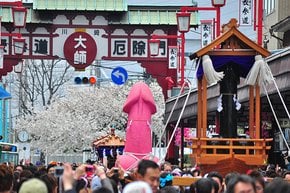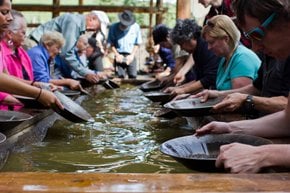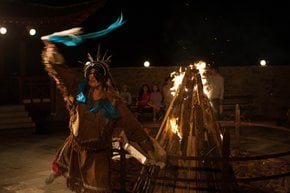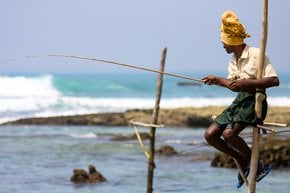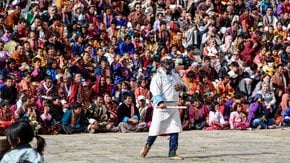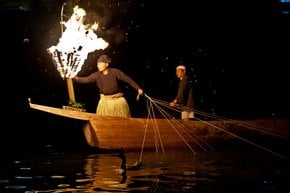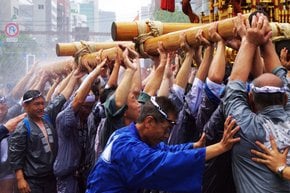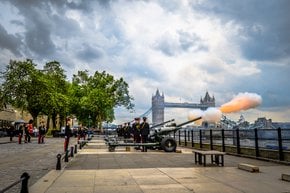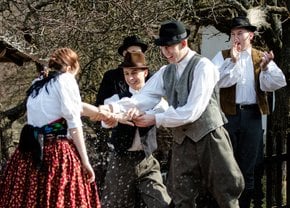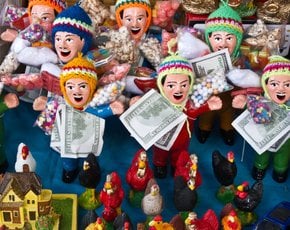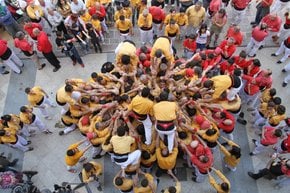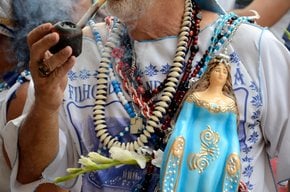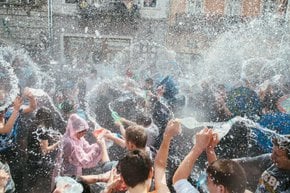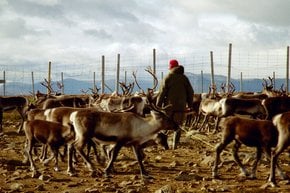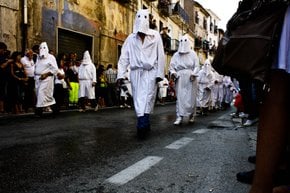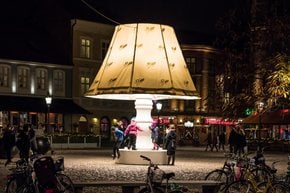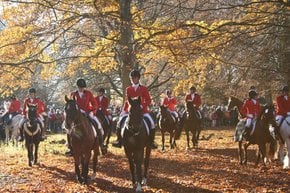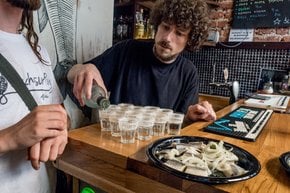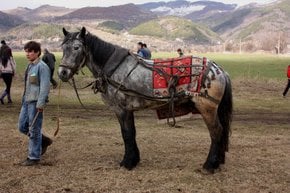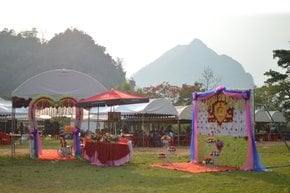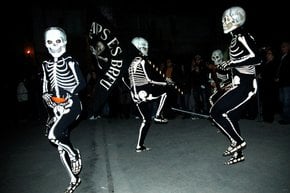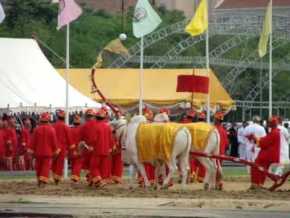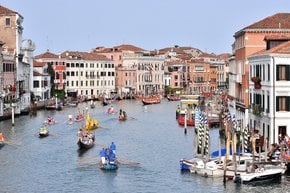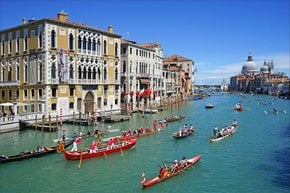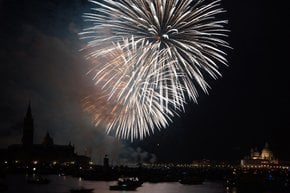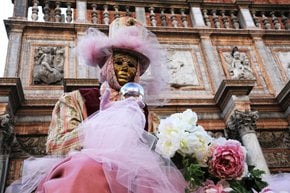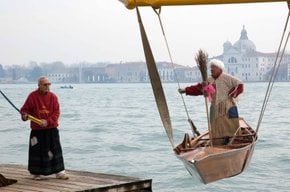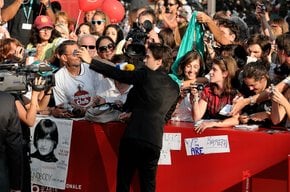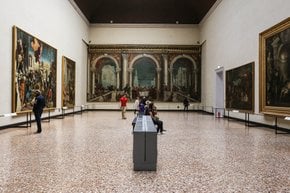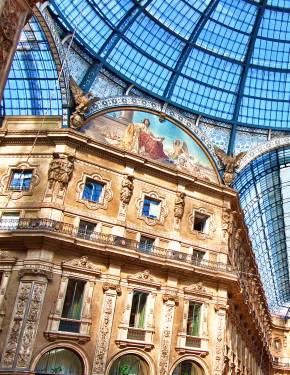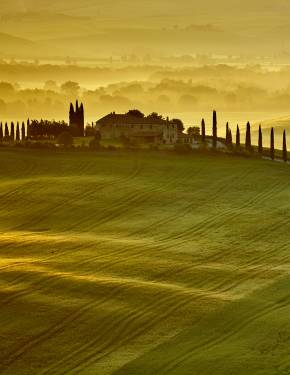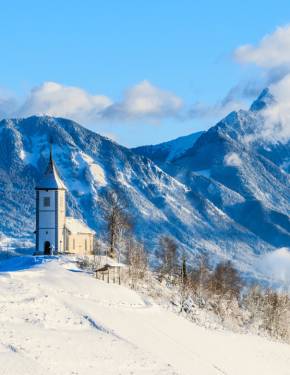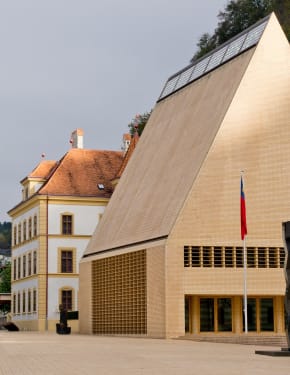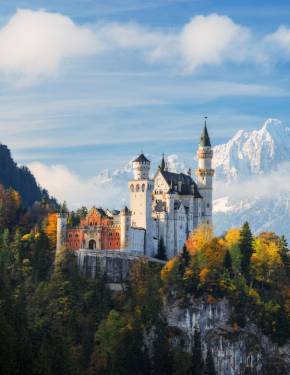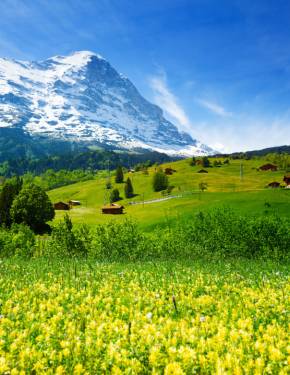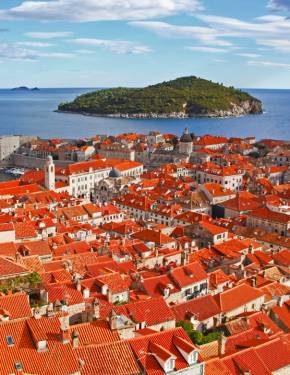Gondola Rides in Venice 2025-2026
An incredibly romantic way to discover the beauty of Venice
Best time: September–May
Venice is a unique city with many attractions, charming architecture and a great history. There is no doubt that the gems of Venice are the prominent Venetian gondolas. Venetians started using gondolas for transportation in the Middle Ages, and by the 1600s there were 10,000 gondolas in use around Venice. Nowadays, a gondola cruise around Venice is a top-rated touristic attraction!
The gondola ride lasts 40 mins and can be considered an expensive form of entertainment. However, this is a great way to relax, enjoy beautiful views and fall in love with the city. With some luck, Gondoliers will tell you historical facts about the city filled with exciting stories—they might even sing serenades for you. One of the most famous gondola stations is the Grand Canal, but it's guaranteed to be extremely busy. There are other places to catch a ride, however, such as Campo San Barnaba square, the Bridge of Sighs, behind St Mark's Basilica, Campo Santa Maria Formosa, etc.
This activity is available all year round. But extremely hot and crowded summer is not the best time. For the most romantic experience, go in the off season from November through to March,—you'll find no crowds or traffic and the water level is higher due to rains. The months of March and April, September and October are often suggested as the very best in terms of weather.

